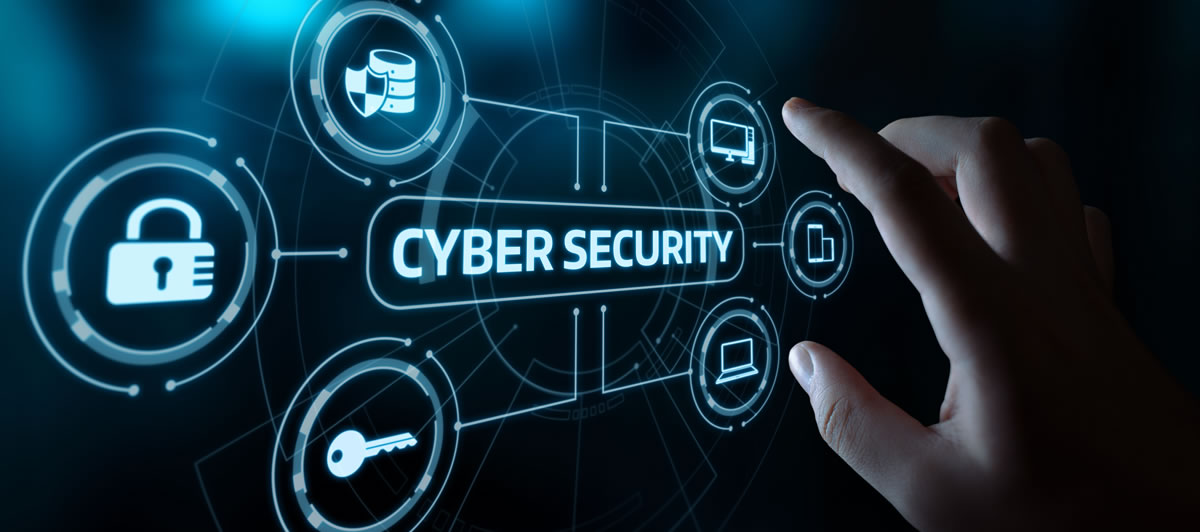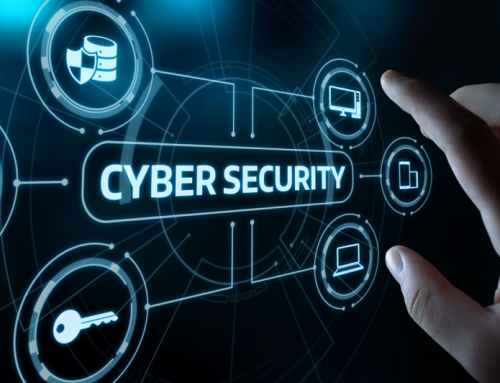No matter how many security tools we throw at our systems, malware still manages to sneak in from time to time. It could be through a phishing email, a compromised USB stick, or even a cleverly disguised download. The good news is, if you know what to look for, you can often spot the signs of malware infection before things spiral out of control.
Let’s talk about some of the most common red flags—both on individual hosts and across networks—that suggest something’s not right.
Strange System Behavior
One of the easiest ways to tell if a host might be infected is if it starts acting… weird. Maybe the fan kicks on at full blast when you’re not doing anything demanding. Or the machine slows to a crawl for no obvious reason. Malware often hogs CPU or memory resources, leaving users frustrated and IT scratching their heads.
Unexpected pop-ups, programs launching on their own, or files disappearing are also classic giveaways. If you’ve ever had a friend say, “My computer is doing things by itself,” you know what I mean.
Network Traffic Oddities
On the network side, malware usually needs to “phone home.” That might mean contacting a command-and-control server, exfiltrating stolen data, or spreading laterally to other devices.
Some warning signs include:
-
Unusual outbound traffic to strange IP addresses.
-
Large amounts of data leaving the network at odd times (like 3 a.m.).
-
Spikes in DNS queries or requests to domains that look random or suspicious.
Security analysts often catch infections not by what happens on the host, but by spotting these anomalies in network logs.
Security Tools Triggering Alerts
Malware infections often reveal themselves through alerts from security tools. Endpoint detection and response (EDR) systems might flag suspicious processes. Firewalls might show repeated connection attempts to blocked sites. And intrusion detection systems (IDS) might highlight traffic patterns matching known attack techniques.
Of course, false positives happen. But when multiple alerts line up with odd user behavior, it’s a strong sign something malicious is at play.
User Complaints
Never underestimate the value of user reports. While not every complaint points to malware, employees often notice issues first. Slow machines, frequent crashes, or applications not behaving correctly can all point toward infection. Pairing those reports with technical evidence from logs or security tools gives you a fuller picture.
Why This Matters for CompTIA Certifications
If you’re studying for CompTIA Security+ or CySA+, recognizing malware indicators is a core part of the exam.
-
Security+ expects you to know the common symptoms of compromised systems, like slow performance, pop-ups, or unusual network activity.
-
CySA+ takes it further, requiring you to analyze logs, interpret alerts, and connect the dots between host and network indicators.
-
For those pursuing CASP+, the emphasis shifts to enterprise-level detection, where noticing patterns across large networks becomes key.
In other words, spotting these signs isn’t just exam material—it’s exactly what real analysts do on the job.
Putting It All Together
Malware rarely hides perfectly. It usually leaves breadcrumbs—whether that’s a sluggish laptop, mysterious outbound traffic, or alarms from your security stack. The challenge is recognizing those breadcrumbs quickly enough to investigate before serious damage occurs.
For IT pros, learning to identify malware signs is like developing a sixth sense. At first, you rely heavily on tools and alerts. But over time, you start noticing the subtle stuff: an odd log entry, a small network spike, or a user’s offhand comment about their machine acting funny.
And if you’re preparing for a CompTIA certification, think of this as double value: you’re not only getting ready for exam questions but also training your instincts for real-world security defense.




